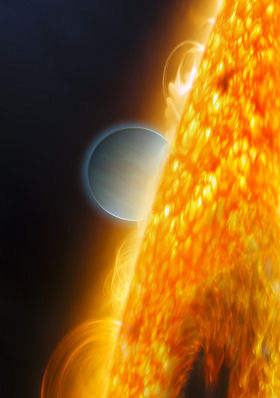
The Hubble Space Telescope has detected carbon dioxide in the atmosphere of a planet orbiting a distant star, a possible indicator of extraterrestrial life. In this case, the Jupiter-sized planet (called HD 189733b) is too hot for life, but astronomers say that the observations are a proof-of-concept demonstration that the basic chemistry for life can be measured on planets orbiting other stars.
Previous observations of HD 189733b (artist’s impression appears right) detected water vapor and earlier this year Hubble found methane in the planet’s atmosphere. The astronomers who made the latest discovery used Hubble’s Near Infrared Camera and Multi-Object Spectrometer (NICMOS) to study infrared light emitted from the planet, which lies 63 light-years distant from Earth. The team identified not only carbon dioxide, but also carbon monoxide. This is the first time a near-infrared emission spectrum has been obtained for an extrasolar planet.
“The carbon dioxide is kind of the main focus of the excitement, because that is a molecule that under the right circumstances could have a connection to biological activity,” noted Mark Swain, of NASA’s Jet Propulsion Laboratory in Pasadena. “The very fact that we’re able to detect it, and estimate its abundance, is significant for the long-term effort of characterizing planets both to find out what they’re made of and to find out if they could be a possible host for life.”
In this way, the astronomers are using the eclipse of the planet behind the star to probe the planet’s day side, which contains the hottest portions of its atmosphere. “We’re starting to find the molecules and to figure out how many of them there are to see the changes between the day side and the night side,” Swain explained.
This successful demonstration of looking at near-infrared light emitted from a planet is very encouraging for astronomers planning to use the NASA/ESA/CSA James Webb Space Telescope when it is launched in 2013. Astronomers look forward to using JWST to spectroscopically look for biomarkers on a terrestrial planet the size of Earth.
Related:
Organic molecule hints at alien life
Exoplanets galore! Four distant planets imaged
Line-Of-Sight SETI Revamp Proposed
Plenty Of Earth-Like Planets Out There, Say Astronomers


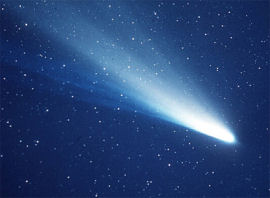
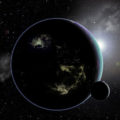
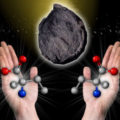
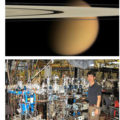
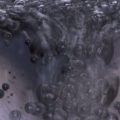





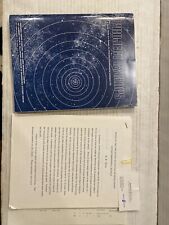



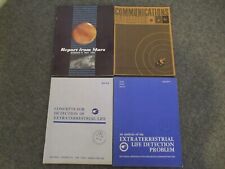
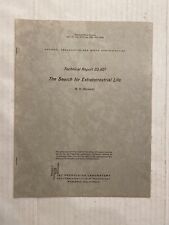
Comments are closed.